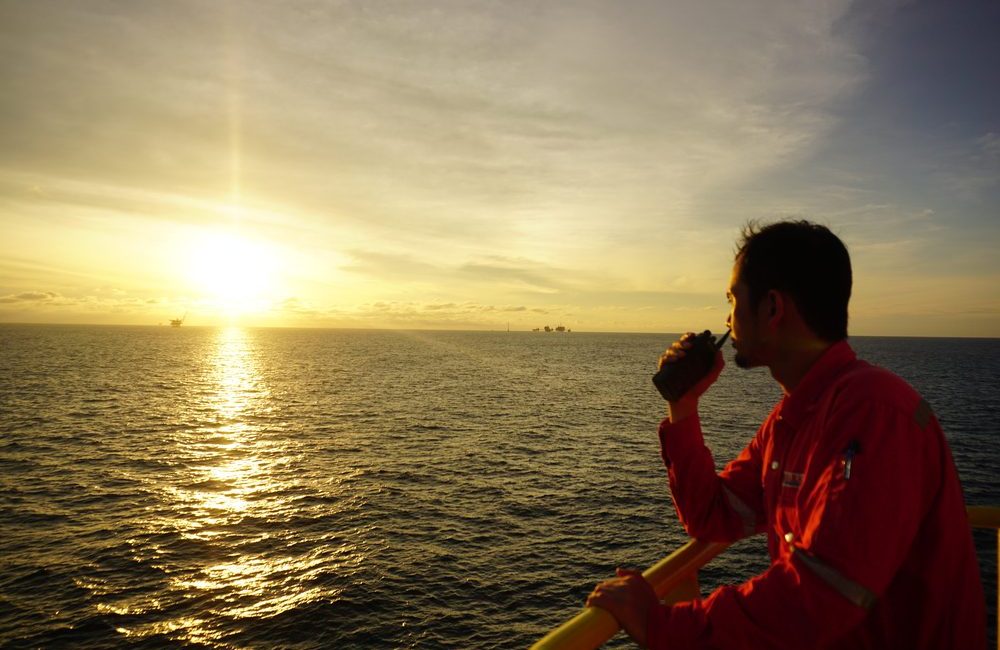Longer voyages around the Cape of Good Hope have provided unexpected benefits to seafarers on the front lines of global trade.
The Mission to Seafarers’ latest Seafarer Happiness Index report reveals a modest increase in seafarer satisfaction, which increased to 7.16 out 10 in Q3 2024, up from 6.99 in Q2. The quarterly survey provides vital insights into the sentiments and experiences of seafarers, and provides a nuanced picture of life at sea.
A key factor contributing to the rise in happiness has been the unexpected benefits of longer transit routes due to Red Sea tensions. While the risks faced by seafarers in high-risk waters remain a grave concern, vessels diverting to alternative routes have experienced increased downtime, allowing for better rest, more social activities, and improved onboard routines.
“While it is encouraging to see another slight rise in seafarer happiness, this report clearly shows that significant challenges remain,” said Ben Bailey, Director of Programme at The Mission to Seafarers. “Seafarers are the backbone of global trade, and we must prioritise their well-being by addressing concerns around communication, shore leave, and compensation.”
The survey has found extended time at sea has fostered greater camaraderie, with senior officers taking on more supportive roles in training junior crew members. Improvements in food quality have been noted, though there’s a call for greater variety.
However, significant challenges persist, including poor internet connectivity, limited shore leave, and wage concerns, all of which continue to impact overall satisfaction and mental well-being.
Thom Herbert from Idwal emphasized the need for industry-wide attention to these issues: “The modest increase in overall happiness to 7.16 is encouraging, but there are still clear areas needing attention. The report’s emphasis on the need for improved internet connectivity and shore leave opportunities reinforces what we’re seeing across the global fleet.”
The report also highlights growing dissatisfaction with some training programs, calling for more practical, real-world training. Stress related to workloads, particularly due to watchkeeping duties and time zone changes, remains a critical issue. Additionally, there’s mixed feedback on shore-based welfare initiatives, with some crew members feeling supported while others call for more effective communication and coordination.
Yves Vandenborn of NorthStandard added: “While there are positive trends, areas like shore leave, workload, food variety and support systems need improvements to further enhance seafarers’ well-being. NorthStandard will continue to collaborate with industry leaders in charting a course towards an improved working environment for seafarers worldwide.”
The maritime industry’s navigation of these challenges shows promise, with the modest increase in happiness serving as a positive indicator. However, it also highlights the continuous effort required to safeguard seafarers’ well-being in the face of life at sea’s growing challenges.
By gCaptain


